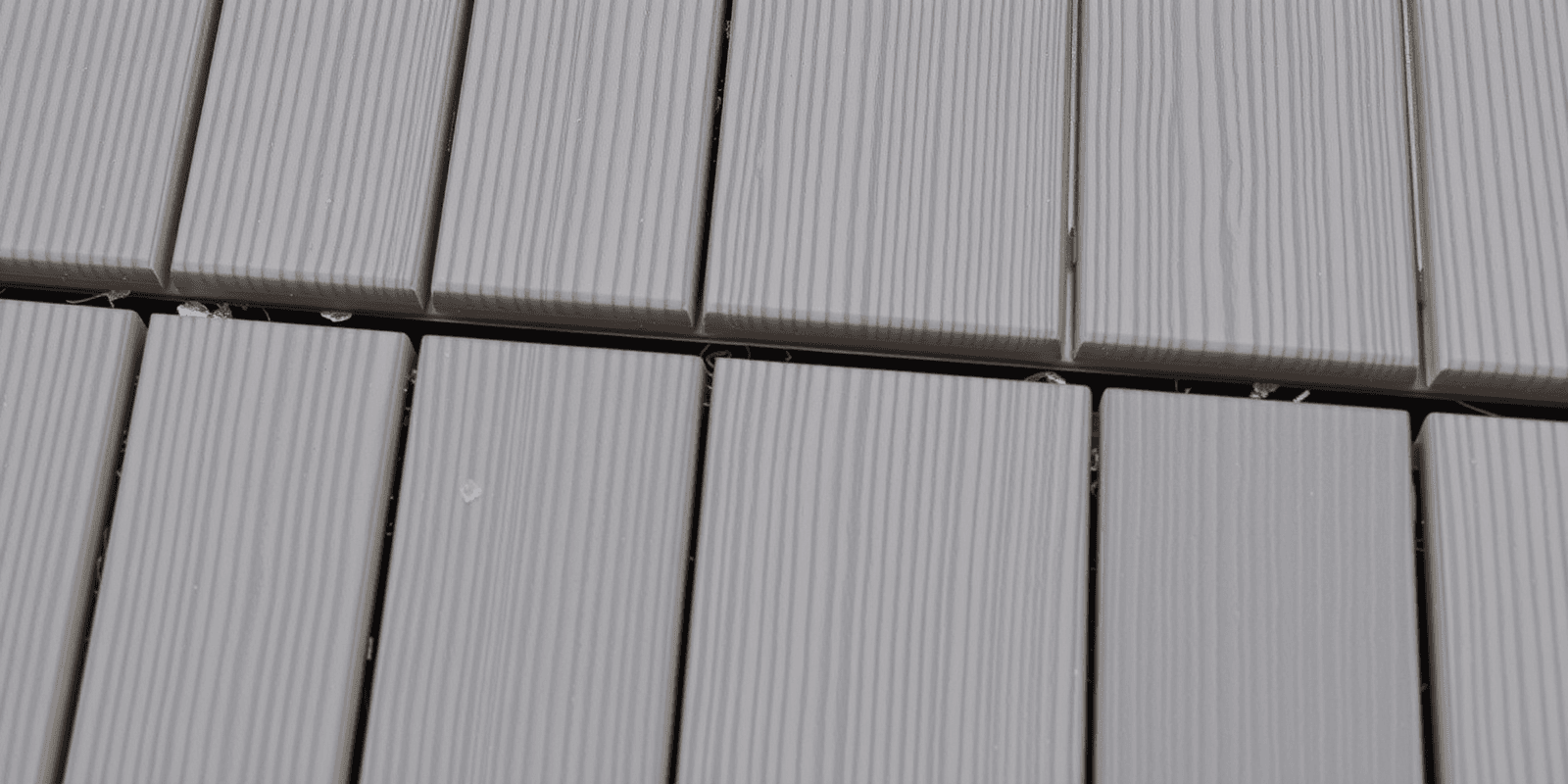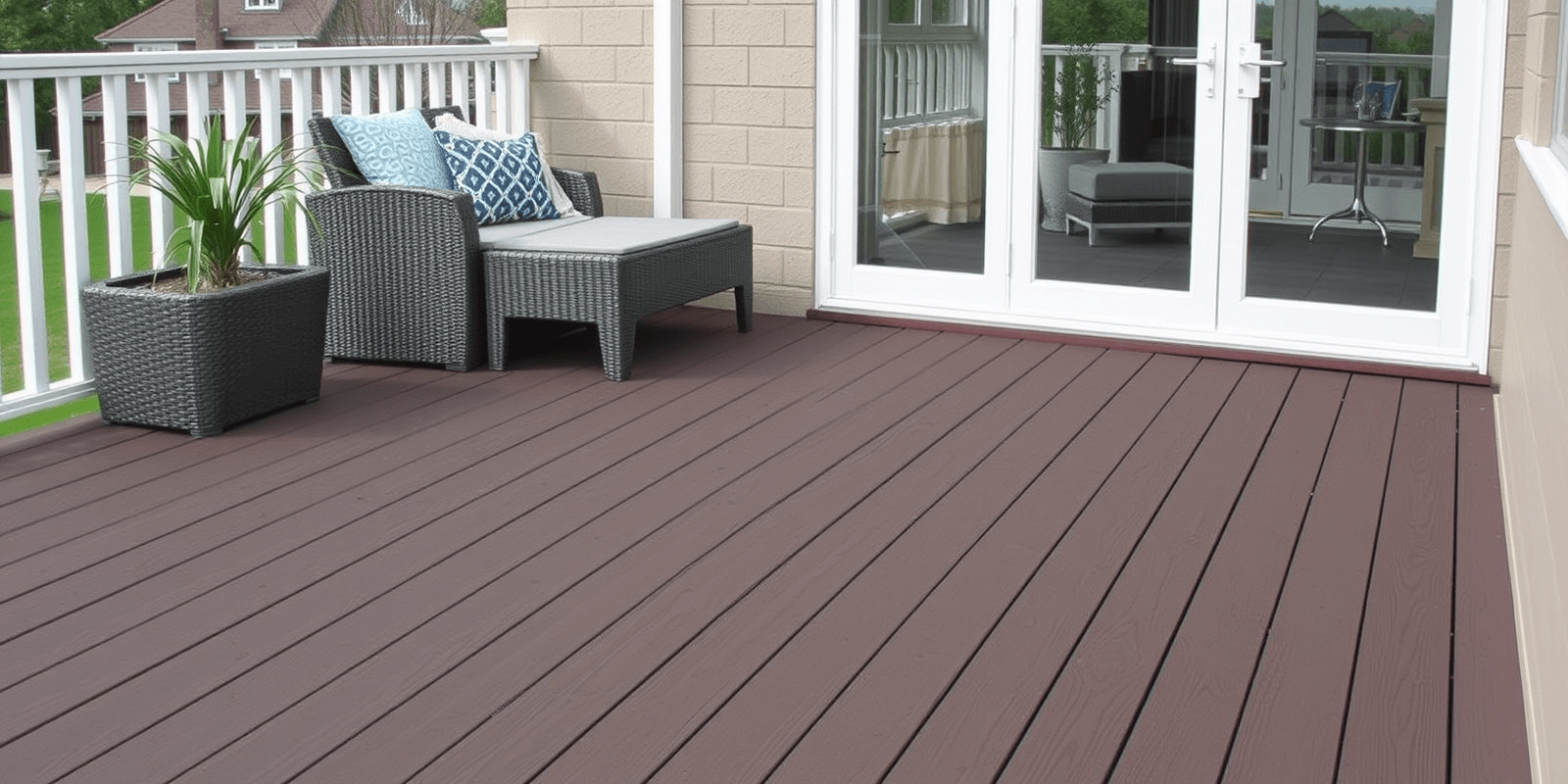“`html
Fixing Uneven Gaps in TREX Composite Decking: Tips and Tricks
Introduction
TREX composite decking has become increasingly popular due to its durability, low maintenance, and aesthetic appeal. However, one common issue faced by homeowners is the uneven gaps between the boards. These gaps can detract from the overall appearance of your deck and may even lead to water accumulation issues. This guide will explore the common causes of these gaps, provide step-by-step instructions on how to fix them, and offer preventative measures for future installations.
Common Causes of Uneven Gaps in TREX Composite Decking
Uneven gaps in TREX composite decking can be attributed to several factors:
- Poor Installation Techniques: Improper spacing during installation can lead to uneven gaps. It’s crucial to follow the manufacturer’s guidelines for spacing to ensure consistent gaps between boards.
- Improper Expansion Space: TREX composite decking requires adequate space for expansion and contraction due to temperature changes. Insufficient expansion space can cause boards to shift, resulting in uneven gaps.
- Substructure Issues: An uneven or poorly constructed substructure can also contribute to uneven gaps. Ensuring a level and stable substructure is essential for achieving uniform gaps.
- Moisture Damage: Moisture can cause TREX boards to swell, leading to gaps that are too small or too large. Proper drainage and moisture management can help prevent this issue.
Step-by-Step Instructions to Fix Uneven Gaps
Here’s how you can address uneven gaps in your TREX composite decking:
- Assess the Situation: Identify which boards have uneven gaps and determine if they need adjustment. Check for any signs of moisture damage or substructure issues.
- Remove Affected Boards: If necessary, remove the affected boards carefully to avoid damaging them further. Use a pry bar and screwdriver to lift the screws gently.
- Adjust the Substructure: If the uneven gaps are due to an uneven substructure, level it out by adding shims or adjusting the joists. Ensure the substructure is level before reinstalling the boards.
- Reinstall the Boards: Reinstall the boards with proper spacing according to the manufacturer’s guidelines. Use appropriate fasteners to secure the boards without over-tightening.
- Inspect and Adjust: Once reinstalled, inspect the gaps again. Make any final adjustments as needed to achieve a consistent look.
Preventative Measures for Future Installations
To avoid uneven gaps in future installations, consider the following tips:
- Follow Manufacturer Guidelines: Always adhere to the manufacturer’s recommended spacing and installation techniques.
- Ensure Proper Expansion Space: Provide sufficient room for expansion and contraction, typically about 1/8 inch per board for every 8 feet of length.
- Maintain a Level Substructure: Ensure the substructure is level and stable before installing the decking boards.
- Manage Moisture: Implement effective drainage systems to prevent moisture buildup under the deck, which can affect board integrity.
Conclusion
Addressing uneven gaps in TREX composite decking is essential for maintaining the aesthetic appeal and functionality of your deck. By understanding the common causes, following the step-by-step repair process, and implementing preventative measures, you can ensure a beautiful and durable deck for years to come.
“`



